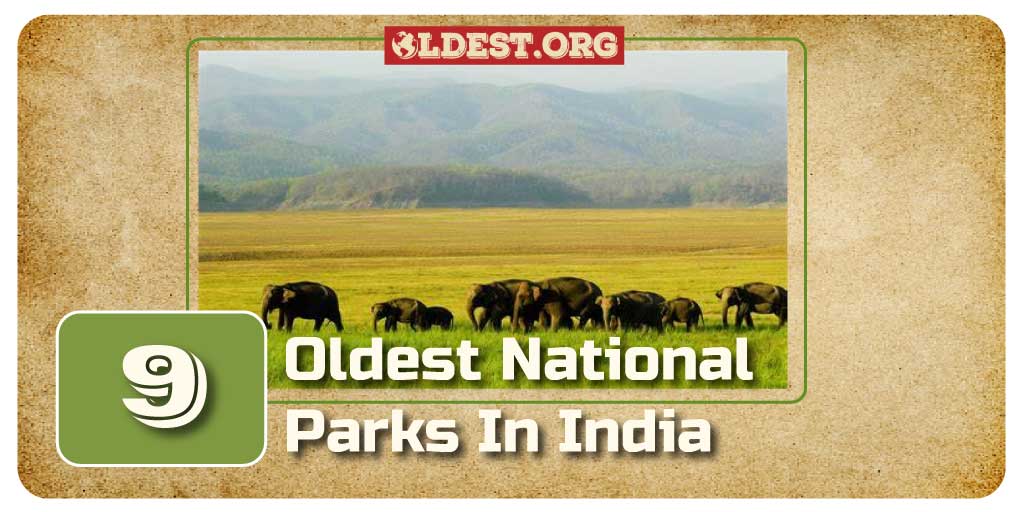We have been learning about national parks since we were kids. In this fast-paced world, they hold our ecosystem protected. India is home to many national parks protecting various animals. National parks are necessary to keep the balance of nature.
In this article, we’ll explore the 9 oldest national parks in India, each with its unique features and significance.
9. Keoladeo National Park
Year Established: 1982
Location: Bharatpur, Rajasthan
Primary Feature: A paradise for birds, hosting over 370 species, including the Siberian Crane.
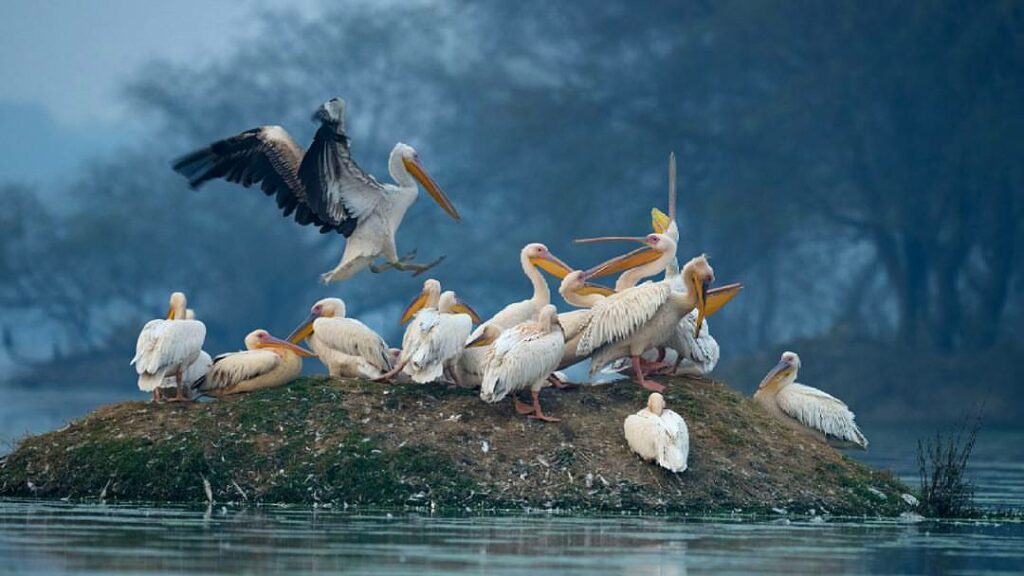
Keolade National Park is popular for the wide variety of birds found there. This national park carries more than 370 different types of birds, including the popular special Siberian Crane. If you love watching birds or taking pictures of them, this park is a fantastic spot to see and capture many beautiful birds. However, Keoladeo National Park is not exclusive to birds but also
Did you know?
Keoladeo National Park achieved UNESCO World Heritage Site status for exceptional biodiversity conservation. It is also called Birdwatcher’s paradise, with numerous avian species for enthusiasts to spot.
8. Bandipur National Park
Year Established: 1974
Location: Karnataka
Primary Feature: Significant tiger reserve with a substantial tiger population.
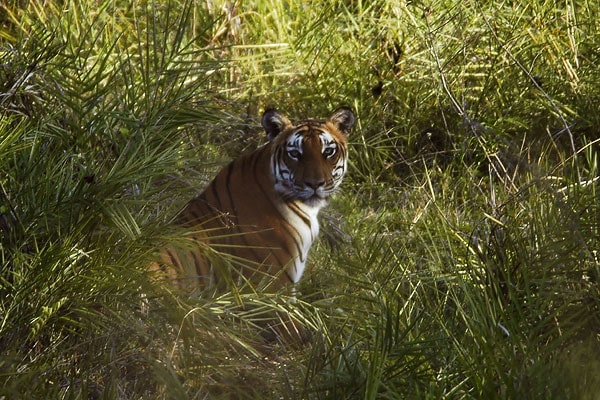
Bandipur National Park stands out as a significant tiger reserve, housing a substantial population of these majestic cats. The park is committed to promoting responsible and sustainable tourism practices. Thrill-seekers can engage in various activities, including trekking, jeep safaris, and nature walks, making it an adventure lover’s paradise.
Did you know?
Beyond tigers, Bandipur is home to a significant amount of butterflies. The park hosts a variety of these delicate creatures, adding a touch of color to its already vibrant ecosystem.
7. Simlipal National Park
Year Established: 1956
Location: Odisha
Primary Feature: Known for its scenic grandeur and rich biodiversity.
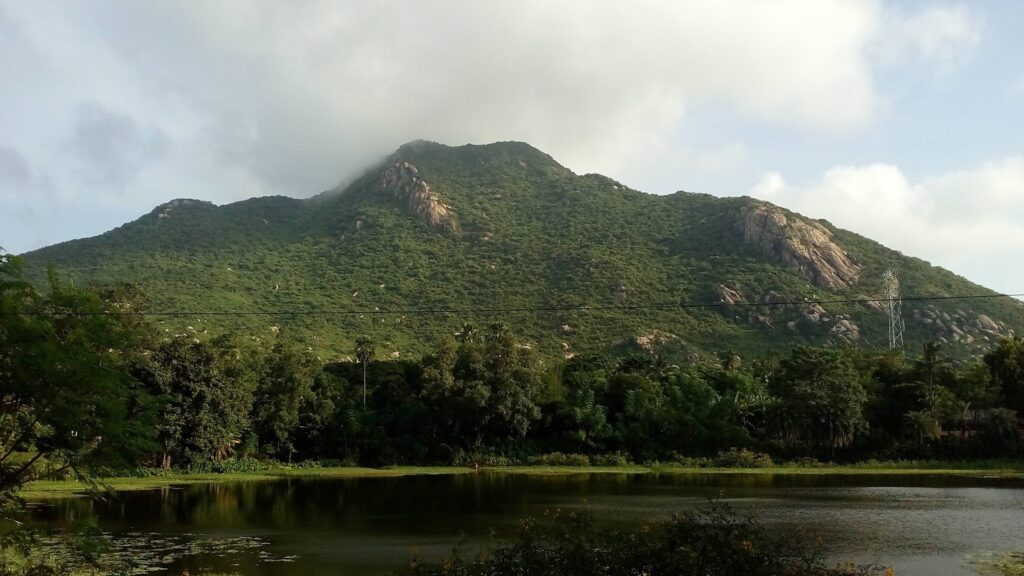
Simlipal National Park is popularly known for its scenic beauty and hence attracts nature enthusiasts. It boasts a rich biodiversity, and its success in saving the Indian elephant is particularly noteworthy. The park also highlights the role of tribal communities in conservation efforts.
With peaks like Khairiburu and Meghasani, Simlipal’s elevation of around 900 meters offers breathtaking views. The reserve features two stunning waterfalls, Barehipani and Joranda, adding to the beautiful nature people can witness.
Did you know?
Simlipal National Park gets its name from the abundance of red silk cotton trees in the area, creating a vibrant and colorful landscape.
6. Sariska Tiger Reserve
Year Established: 1955
Location: Rajasthan
Primary Feature: Transformed from a hunting ground to a tiger reserve.
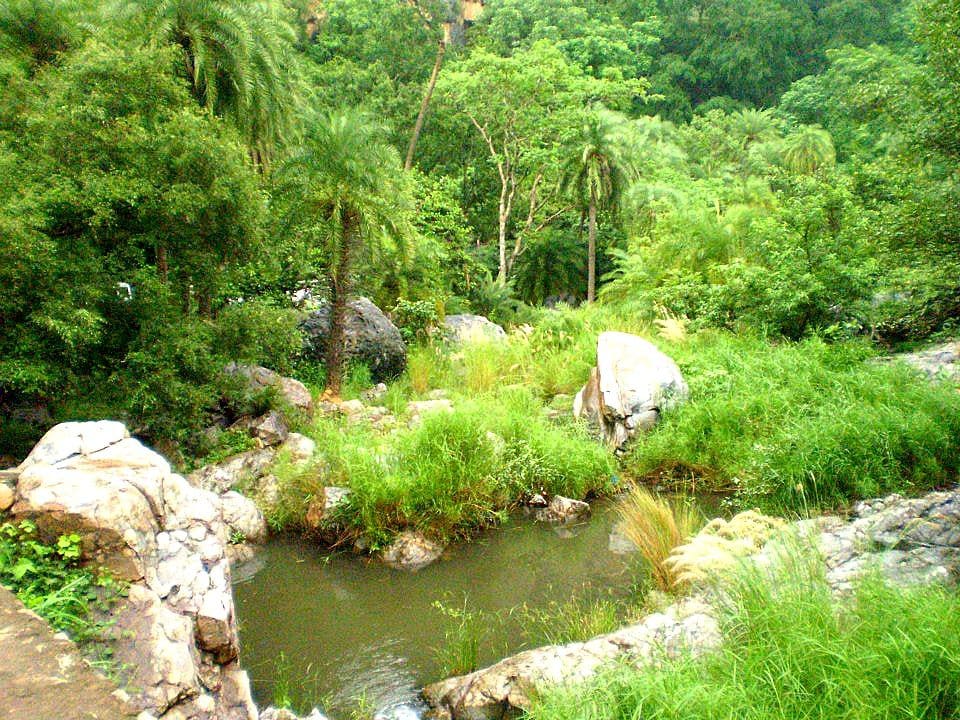
Sariska Tiger Reserve transformed remarkably from a hunting ground to a tiger reserve. Efforts to relocate tigers have led to a significant increase in the population. Visitors can enjoy guided safaris and experience the wildlife here closely.
The experience in Sariska Tiger Reserve is unique and close to nature.
Did you know?
The reserve offers captivating night safaris, allowing visitors to witness the park’s nocturnal wonders. This includes encounters with elusive creatures like leopards, hyenas, and various owl species.
5. Nagarhole National Park
Year Established: 1955
Location: Karnataka
Primary Feature: Part of the Nilgiri Biosphere Reserve, a biodiversity hub.
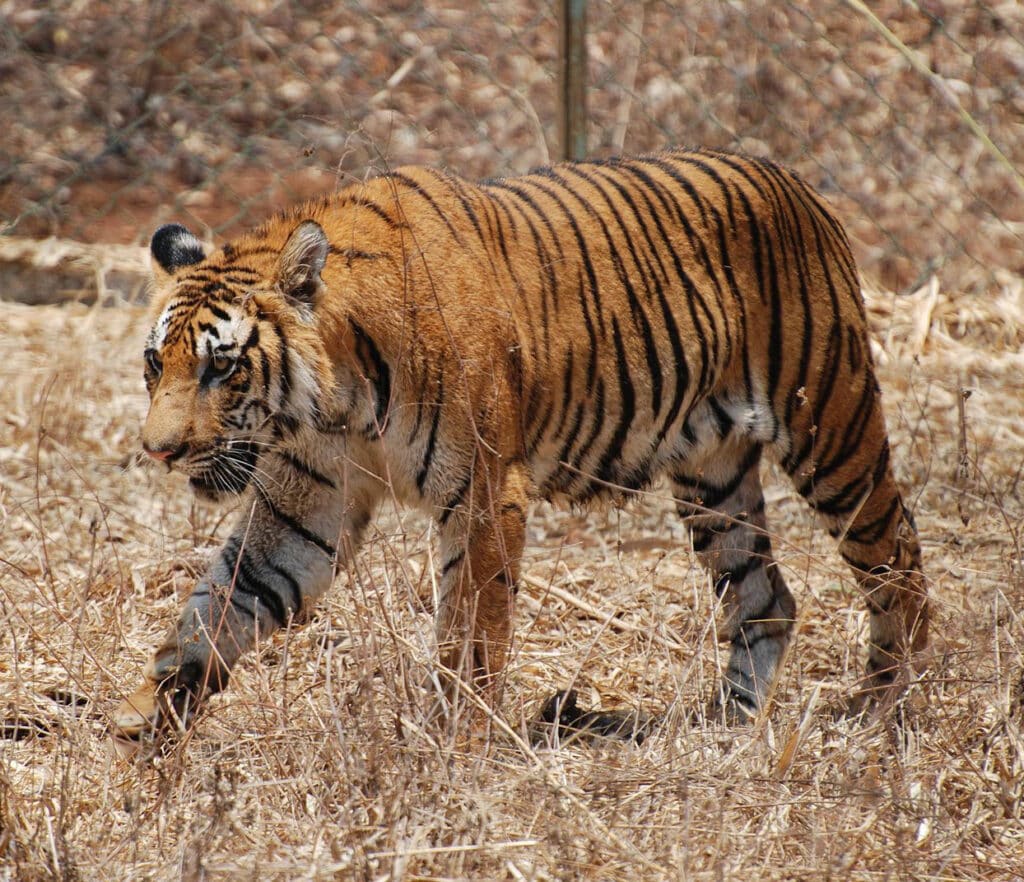
Nagarhole National Park, part of the Nilgiri Biosphere Reserve, is a biodiversity hub. While exploring its wonders, visitors can learn about the conservation challenges the park faces and the strategies in place. The park encourages eco-friendly travel, offering tips for a sustainable visit.
Did you know?
Over 250 bird species inhabit Nagarhole National Park, making it a paradise for birdwatchers. The park is recognized as an Important Bird Area, hosting species such as the white-rumped vulture, greater spotted eagle, and Nilgiri wood pigeon.
4. Mudumalai National Park
Year Established: 1940
Location: Tamil Nadu
Primary Feature: One of India’s earliest wildlife sanctuaries with diverse environments.
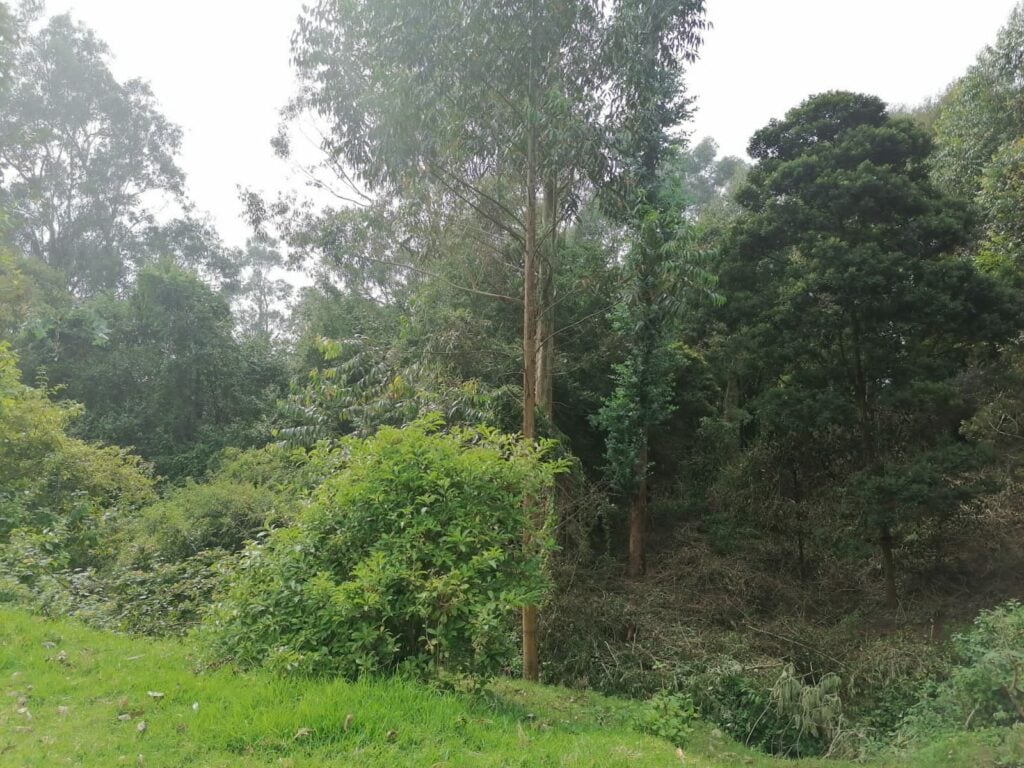
With historical roots dating back to 1940, Mudumalai is one of India’s earliest wildlife sanctuaries. Its diverse environments, ranging from moist deciduous forests to grassy meadows, offer a well-rounded experience. The best time to visit is between February and June, ensuring optimal wildlife sightings.
Did you know?
During the major flowering season, the park hosts an impressive sight of 394 nests of the giant honey bee. These colonies, with an average of 19 nests each, are primarily built in large trees, showcasing the natural behavior of these bees.
3. Jim Corbett National Park
Year Established: 1936
Location: Uttarakhand
Primary Feature: Named after Jim Corbett, a legendary hunter-turned-conservationist known for pioneering conservation efforts.
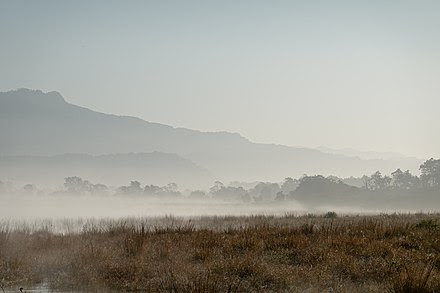
Named after Jim Corbett, a legendary hunter-turned-conservationist, Jim Corbett National Park is renowned for years of conservation efforts. It is particularly famous for its iconic tigers and the compelling stories surrounding them. Visitors can enjoy wildlife safaris and immerse themselves in eco-tourism experiences.
Did you know?
Jim Corbett National Park was the first to come under the Project Tiger initiative in 1974, a program aimed at conserving the Bengal tiger, which faced extinction threats.
2. Periyar National Park
Year Established: 1934
Location: Kerala
Primary Feature: Known for its efforts in conserving the tiger population.
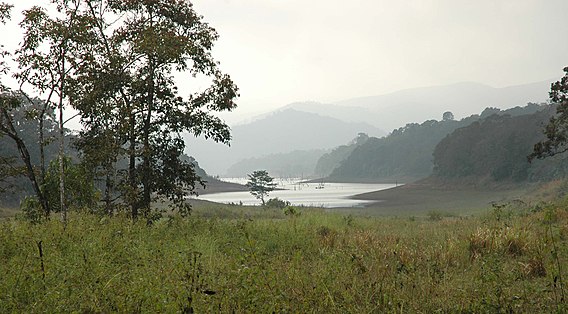
Periyar National Park is located in the Idukki and Pathanamthitta districts of Kerala, India, within the Cardamom Hills and Pandalam Hills of the Western Ghats. The park is quite large, covering 925 square kilometers. Among this, 305 square kilometers were declared as the main Periyar National Park in 1982.
The landscape is varied, featuring evergreen forests, grassy areas, wetlands, and a big reservoir called Periyar Lake.
Did you know?
The park serves as the major watershed for two significant rivers in Kerala—the Periyar and the Pamba. This emphasizes its ecological importance in maintaining regional water resources.
1. Kaziranga National Park
Year Established: 1905
Location: Assam
Primary Feature: Renowned for its one-horned rhinoceros population.
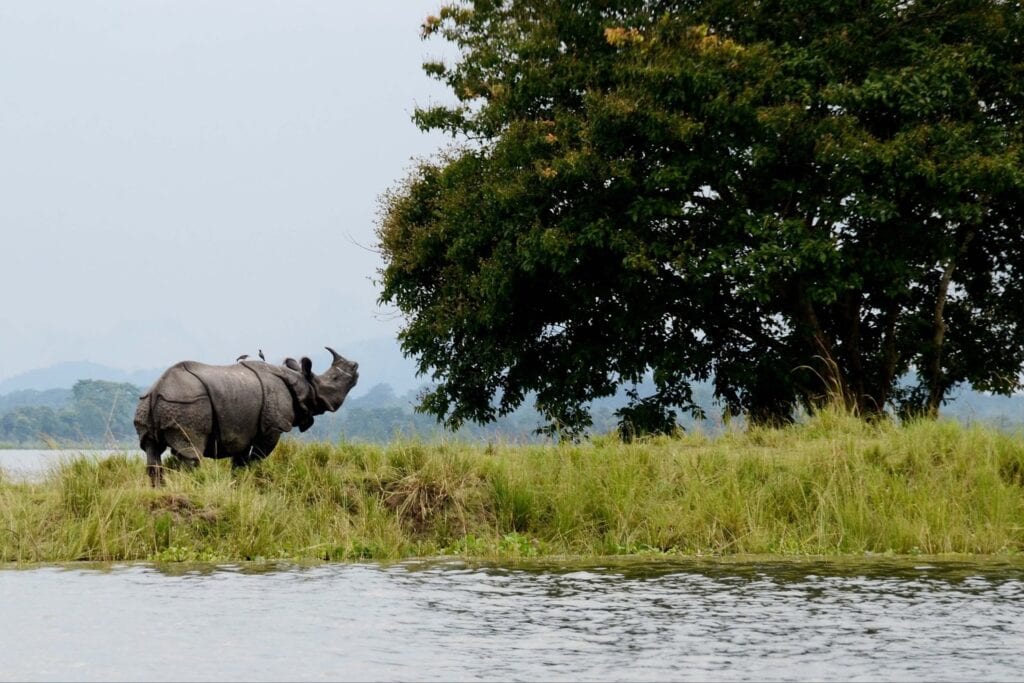
Kaziranga National Park in India is famous for protecting lots of Indian rhinos and has been a UNESCO World Heritage Site since 1985. It’s also a Tiger Reserve, home to many Bengal tigers. The park is home to animals, especially rhinos and tigers, making it known globally.
Did you know?
Apart from rhinoceroses and tigers, Kaziranga is home to three other members of the “Big Five”: wild water buffalo, Indian elephants, and eastern swamp deer. These species collectively contribute to the park’s rich biodiversity.
FAQs
1. How can I book a safari in these national parks?
You can book safaris through official park websites or authorised tour operators. It’s best to book in advance, especially during peak tourist seasons.
2. Are these parks open year-round for tourists?
Most national parks have specific open and closed seasons. Check the official park websites or contact park authorities for the latest information.
3. What are the best practices for wildlife photography in these parks?
Practice responsible photography by maintaining a safe distance from animals, using telephoto lenses, and following park guidelines. Avoid using flash photography.
4. Can I find accommodations within the national park premises?
Yes, many national parks offer accommodations within or nearby. It’s recommended to make reservations in advance, especially if you plan to stay within the park.
5. Are there any restrictions on visiting these parks with children?
While children are generally allowed in national parks, some activities, like jungle safaris, may have age restrictions for safety reasons. Check with park authorities for specific guidelines.
Conclusion
These national parks are protecting our nature from destruction. We are supposed to be one with nature, but civilization has taken over, and conserving our habitats has become a thought that is hidden in the back of our minds. These parks are guardians of our natural heritage, inviting us to appreciate and protect the incredible ecosystems they harbor.
As responsible visitors, let’s cherish these treasures and ensure they remain vibrant for generations to come.
Happy travels!


